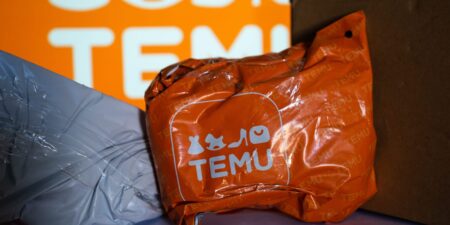Merck (NYSE: MRK) recently released its Q4 results, with revenues and earnings exceeding the street estimates. The company reported revenue of $15.6 billion and adjusted earnings of $1.72 per share, compared to the consensus estimates of $15.5 billion and $1.62, respectively. The company continued to benefit from increasing sales of Keytruda. However, Merck’s outlook for 2025 fell short of expectations, weighing on its stock. As an aside, ready for a rebound? See: Should You Pick PFE Stock At $25?
MRK stock, with -14% returns since the beginning of 2024, has underperformed the S&P 500 index, up 27%. Merck’s HPV vaccine – Gardasil – is facing a challenge in China amid lower demand. The decline in Gardasil sales, clubbed with increased competition for its diabetes drugs, has weighed on the company’s stock lately. If you want upside with a smoother ride than an individual stock, consider the High-Quality portfolio, which has outperformed the S&P, and clocked >91% returns since inception.
How Did Merck Fare In Q4?
Merck’s revenue of $15.6 billion in Q4 was up 7% y-o-y, driven by continued market share gains for Keytruda, which saw a 19% y-o-y jump in sales to $7.8 billion. Merck’s new drugs – Winrevair and Capvaxive – have been gaining momentum. On the flip side, Gardasil sales fell 17% to $1.55 billion, due to a continued decline in China. Januvia and Janumet also saw a sharp 38% y-o-y decline amid increased competition. Merck announced that it has paused the Gardasil shipments to China, aimed at expediting the clearance of excess inventory and enhancing the financial stability of its Chinese partner.
Merck saw its adjusted gross margin expand by 220 bps to 75.5% due to a favorable product mix. Merck’s bottom line stood at $1.72, and it includes a one-time charge of $0.23 per share for transactions related to business developments. The $1.72 figure is much better than the $0.03 the company reported in the prior-year quarter.
Looking forward, Merck expects its sales to be between $64.1 billion to $65.6 billion and adjusted earnings to be in the range of $8.88 and $9.03. Both metrics were below the street estimates of $67.4 billion and $9.21, respectively. The outlook takes into account lower Gardasil sales, as the shipments to China are paused through at least mid-year.
What Does This Mean For MRK Stock?
Although Merck reported upbeat results, the outlook did not sit well with the investors, and the stock tanked 9% post the results announcement. Even if we look at a slightly longer timeframe, the changes in MRK stock over the recent years have been far from consistent and have largely been as volatile as the S&P 500.
In contrast. the Trefis High Quality (HQ) Portfolio, with a collection of 30 stocks, is less volatile. And it has comfortably outperformed the S&P 500 over the last 4-year period. Why is that? As a group, HQ Portfolio stocks provided better returns with less risk versus the benchmark index; less of a roller-coaster ride as evident in HQ Portfolio performance metrics.
Given the current uncertain macroeconomic environment around rate cuts and changes in the White House, could MRK face a similar situation as it did in 2021, 2023 and 2024 and underperform the S&P over the next 12 months – or will it see a strong jump? While we will soon update our model for Merck to reflect the latest results, its stock seems to have some room for growth. At its current levels of around $90, MRK stock is trading at under 12x its trailing earnings of $7.65 per share, lower than the stock’s historical average P/E of around 14x.
Considering the substantial growth trajectory of Keytruda and the robust earnings growth projections, we believe a higher valuation multiple for Merck is warranted. Furthermore, the company’s recent strategic acquisitions, including Prometheus, Acceleron, Imago, Harpoon Therapeutics, and EyeBio, are poised to enhance both revenue and earnings growth in the foreseeable future.
Invest with Trefis Market Beating Portfolios
See all Trefis Price Estimates
Read the full article here
















